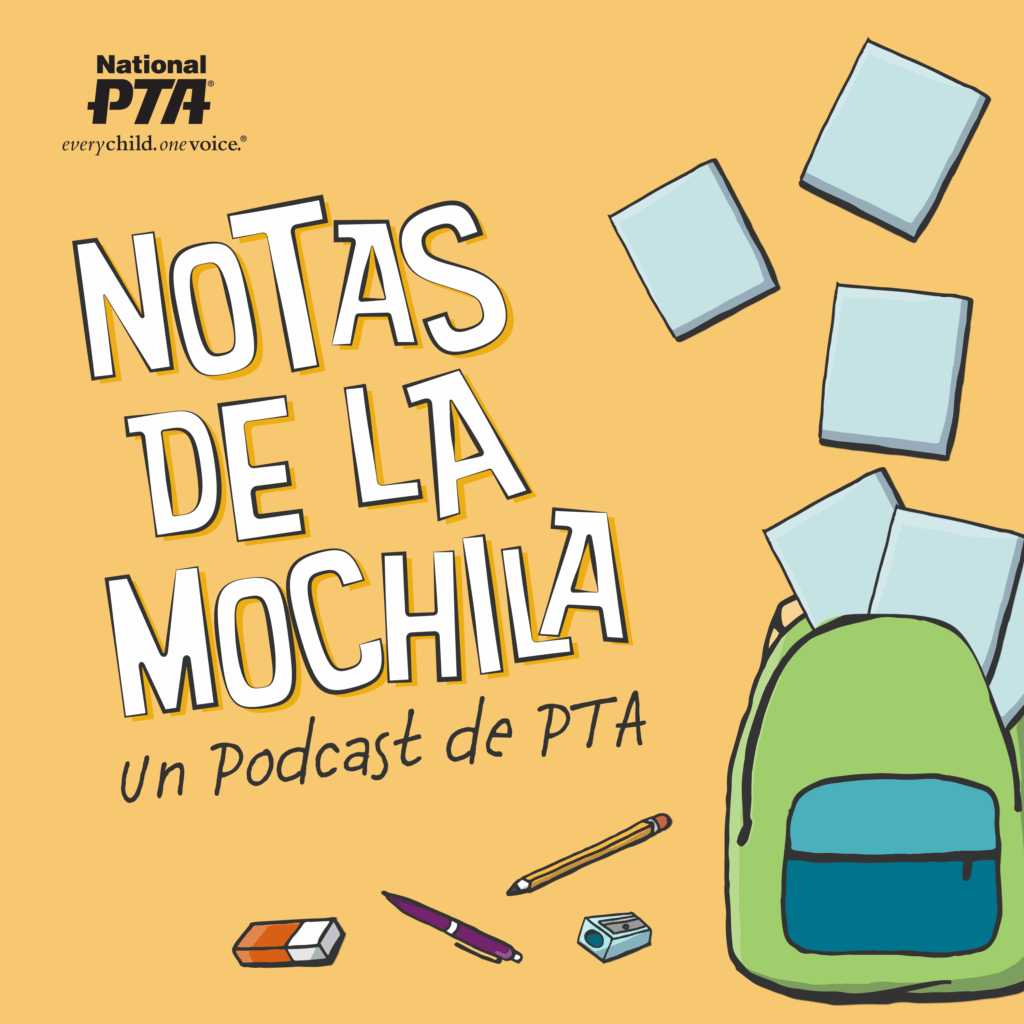Parents have two “New Years”—January 1 and the first day of school. The back-to-school season means it’s time for new clothes, backpacks and school supplies, but it’s also a time to reset priorities and establish new habits for a successful school year.
That means parents, too! When parents are actively involved in their child’s education, their student attends school more regularly, performs better in school, is more likely to graduate and is better able to navigate some of the challenges of growing up, such as bullying.
Here are seven new school year resolutions you should make to help your child make this the best school year yet!
1. Build a Relationship with Your Child’s Teacher
Go beyond back-to-school night, the parent-teacher conference and Teacher Appreciation Week. Despite all the forms of communication available to us, it can be easy to fall out of touch with your child’s teacher. Establish a good rapport early and build a partnership, so you aren’t trying to feel each other out when there is a concern or issue.
You don’t have to keep contact with them every day, but sending the occasional check-in email to find out what you can do to help support your child’s progress is a great way to keep in touch.
2. Go Outside the Classroom
Field trips give students a chance to engage in hands-on learning and chaperoning these trips is a great way to get involved with your school. It’s also another opportunity to get to know your child’s teacher. Not only will your child’s teacher appreciate the help, but it will also give you the opportunity to see your child in a new environment and how they interact with their teacher and classmates.
Plus, you can use the field trip to talk to your child about their school experience later when you’re back at home.
3. Fundraise the Easy Way
No matter what school your child attends, fundraising can go a long way in supporting students’ success, and it doesn’t have to be a labor-intensive project. Talk with your school administrators about hosting a pajama day, where each student can donate a dollar and wear PJs to school.
Work with local businesses to set up a donation day where a percentage of all sales get donated to your school. You can also visit National PTA’s Fundraising Marketplace to find vendors and services with unique fundraising ideas.
4. Volunteer Your Time
Raising money is not the only way to make a difference. Volunteering is a great way to support your school community. Even if you don’t have a lot of time to spare, there are always ways you can help. Ask your child’s teacher if they could use an extra set of hands in the classroom.
Seek out other opportunities within your school, such as participating in the library’s story time, assisting in or creating a student club, or acting as a lunchroom or playground monitor. If you work during the school week, try getting involved on the weekend.
Ask your child’s teacher if there are any projects you can complete at home, such as sewing costumes for the school play or helping to make materials for classroom projects.
5. Be Your Child’s #1 Advocate
Your voice is a powerful tool. If you notice something about your child’s school that you think should be addressed, know that you have the power to change it. The solution may not happen overnight, and it may not be exactly what you first suggest, but speaking out when there’s a challenge or issue can be the spark that brings positive change.
Whether it’s fighting to keep recess, expanding your school’s arts programs or making sure that healthy food options are available to your child and their classmates, get involved in whatever way you can. Talk to your school administrators. Attend a school board meeting.
Join the parent council at the district or state level where you can be at the table in making decisions that affect your child and all children in your community. Do whatever you can to ensure that your child’s school is the school that your community deserves.
6. Fill Your Child’s Toolbox
Whether it’s in the classroom or out on the field, your child needs some key tools to help them excel. Getting your child ready for school actually starts the day before. To be ready to learn and stay focused, most kids need to sleep 10-12 hours a night.
Teach your student how to manage their time between activities and homework to ensure that they go to bed on time to get a full night’s rest. Make sure your child is getting the nutrition they need by pre-planning your meals and try to set aside some technology-free time every day to check in with your child.
In the morning, make sure your child is starting the day off right with a good breakfast, either at home or through your school’s meal program.
7. Get Involved with PTA
Joining your school’s PTA can be a great way to take part in your school community. And that doesn’t always mean attending PTA meetings and joining a committee. Attend a PTA-sponsored family night or fundraising event and get to know the other families.
Then, volunteer to help staff a future event or with the planning if you are unable to attend. This will help expand your network and keep you informed of school, district and state activities that affect your child and community.
Kayla Hewitt is a contributing writer to Our Children Magazine.


















